Review – Volkswagen ID.5 (2023) – Same same, but different
Form follows function
Buyers looking for a midsize electric SUV can currently choose from two models at Volkswagen: the ID.4 and ID.5. Put them side by side and the differences are immediately apparent. The ID.4 is designed according to the Form Follows Function principle; a design principle in which the form of an object should relate primarily to its intended function or purpose. With the ID.4, that goal is to provide as much space as possible.
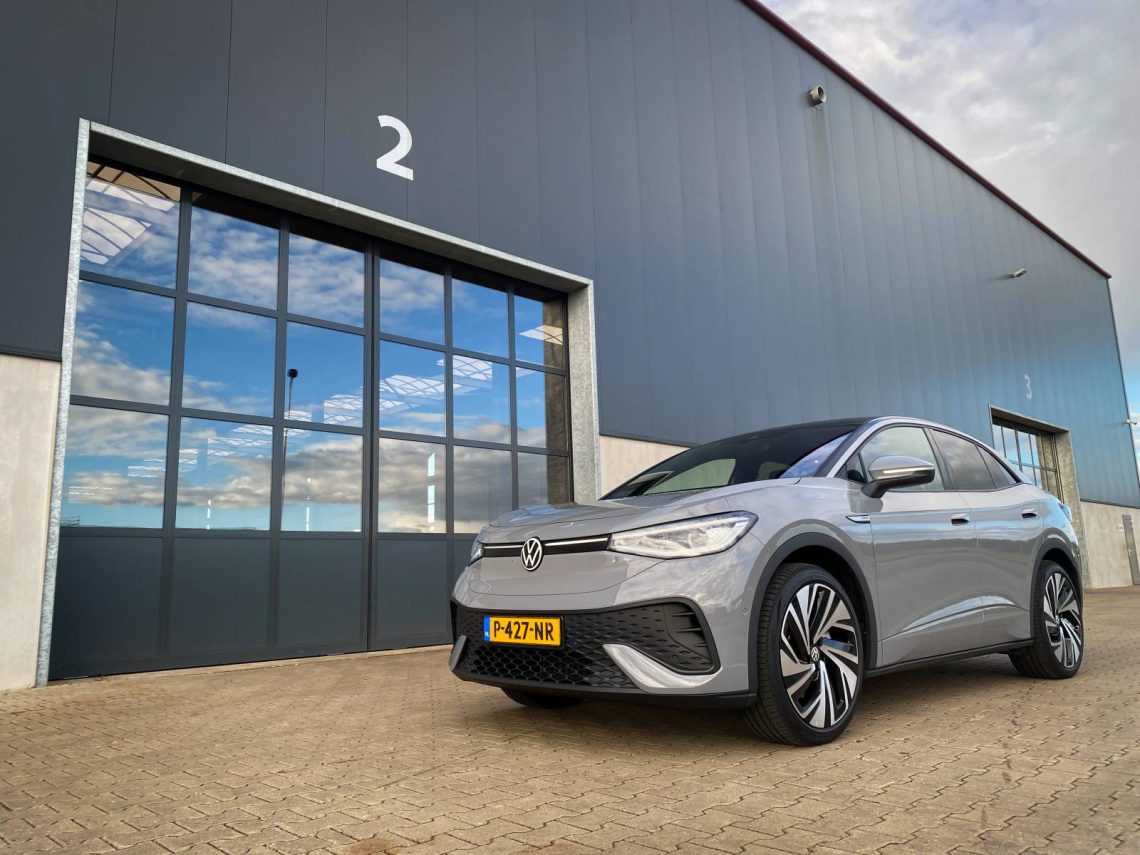
Form follows style
Instead, for the ID.5, Volkswagen’s designers opted for the Form Follows Style principle. On this new model, the continuous roofline – which provides ample luggage space in the ID.4 – has given way to a fashionable, sporty sloping roof. Indeed, the goal of the ID.5 is to appeal to a younger audience who are quite willing to sacrifice some luggage space for a hip design.
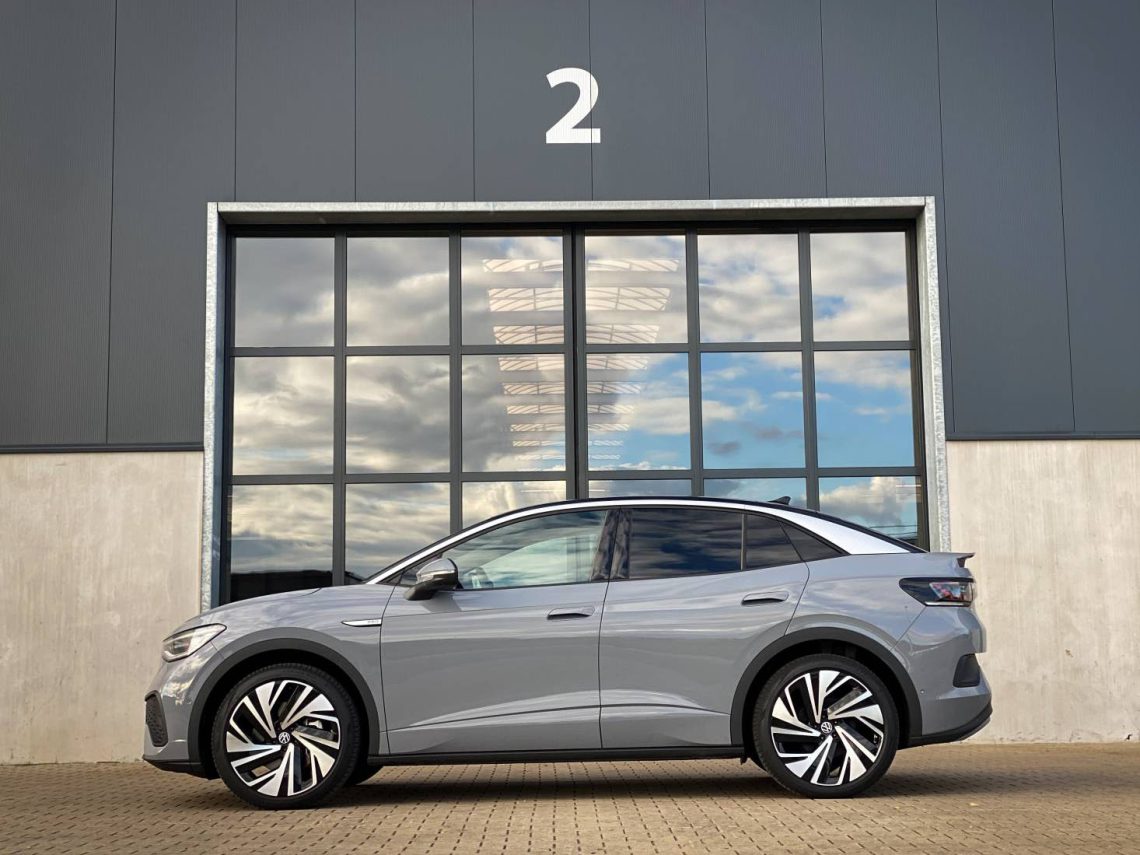
SUV coupe
And that audience, there is. There is currently only one body style more popular than that of an SUV, and that is an SUV coupe. That’s why automakers are mass-marketing a variant of their most popular SUV with a sloping roofline. For example, Volvo is placing the C40 next to the XC40, Skoda has the Enyaq Coupe and Audi has a Sportback version of the Q4 e-tron in the showroom.
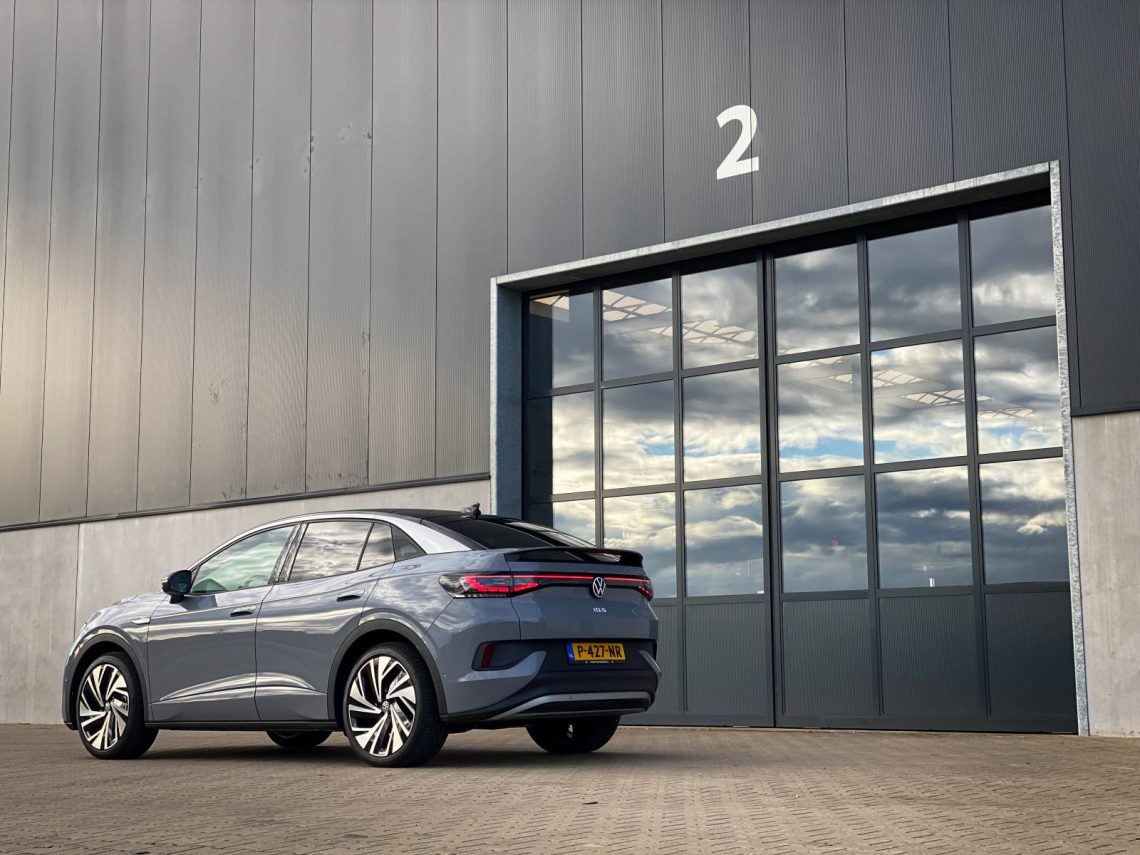
Differ
Of course, there are more differences between the ID.4 and ID.5 than just the sloping roofline. Let’s walk along the outside a bit more. Things you get standard on the ID.5 – and not on the ID.4 – are color painted sideskirts, extra tough bumpers, a black roof, painted sideskirts, an LED bar running between the headlights and a rear spoiler. In short: a lot of sporting details.
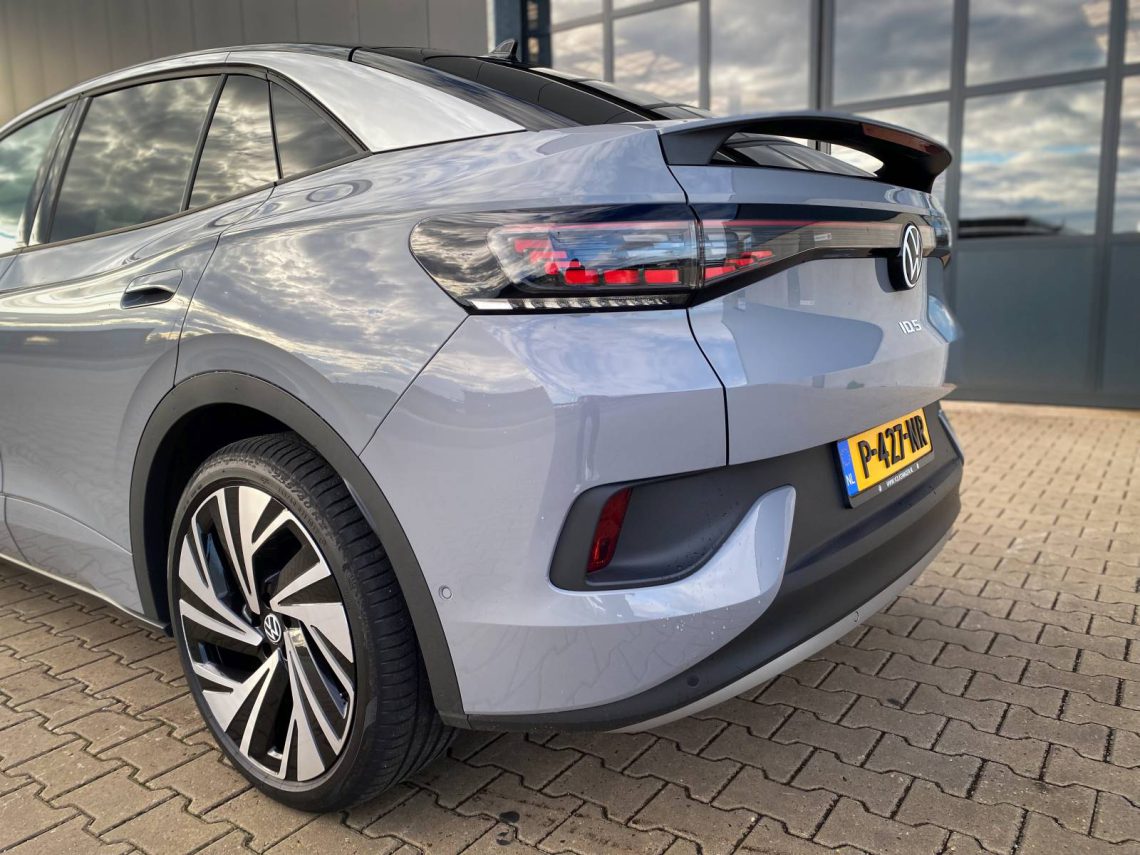
Powertrain
Under the skin, there are no differences between the ID.4 and ID.5 .At least, not anymore. The ‘4’ was previously still available with a compact 52 kWh battery pack, while the ‘5’ always comes with the large 77 kWh in the bottom. But even the ID.4 is now only available as a Pro version, with the largest battery pack Volkswagen currently has on the shelves. On a full battery charge, the ID.5 can travel 514 kilometers on paper, the ID.4 533 kilometers. In practice, the ID.5 gets around 400 kilometers. An excellent score, which is more than enough for the Netherlands.
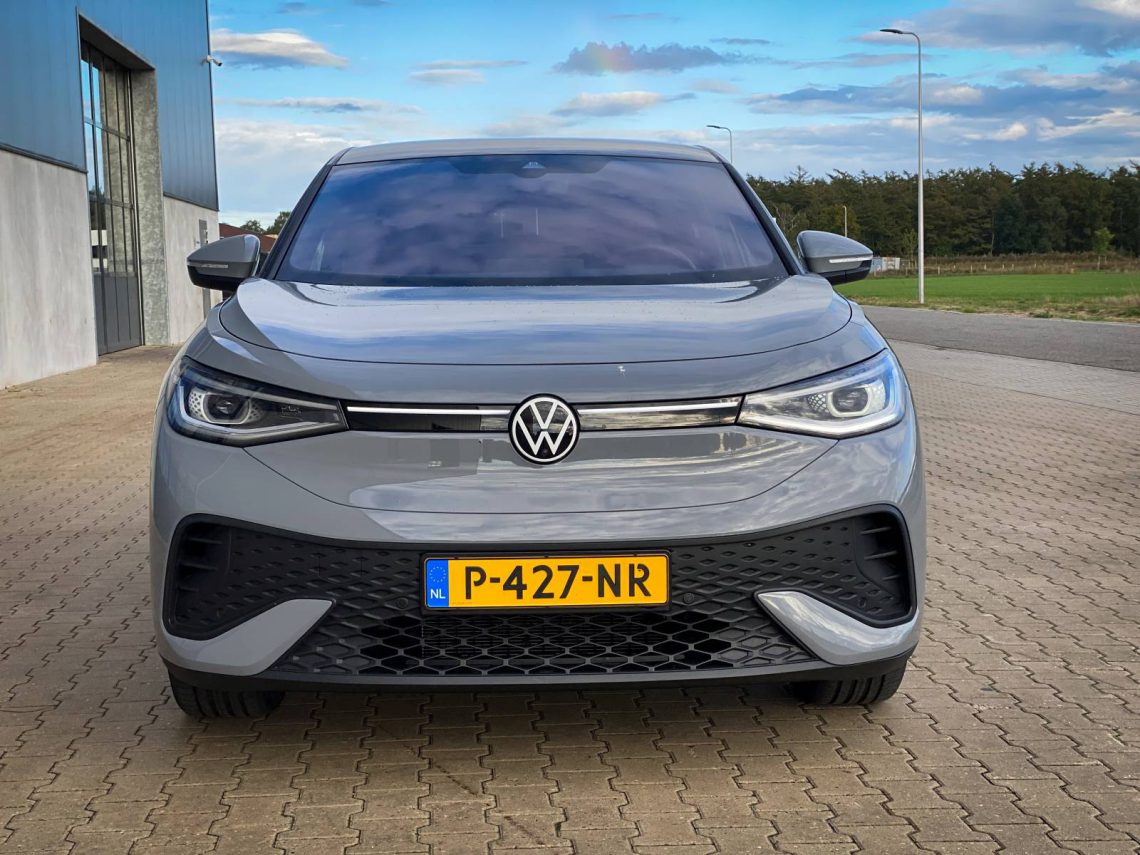
Fast charging ID.5
With an actual range of 400 kilometers, you won’t need a fast charger in the Netherlands anytime soon, unless you, as a representative from Groningen, have many customers in Limburg. During vacations abroad, though, you will make frequent visits to fast-charging stations. There, the ID.5 can handle up to 135 kW. The same payload that an ID.4 can now have thanks to an over-the-air update. There are competitors that do it better, but the ID.5 can hold peak power for a long time. As a result, with the right charger, the battery is back to about 80% after half an hour. Nothing to complain about, but also nothing to call the newspaper for. Just fine.

Which one is the sportiest?
The two models are also similar in terms of power output. You can get the rear-wheel-drive ID.4 AND ID.5 with 174 and 204 hp. With all-wheel drive – 4MOTION – you have 299 horsepower. Then you have the GTX version to deal with. You can read how it drives here.
The ID.5 Pro we are testing has the 204-hp electric motor in the back. As a result, the car takes 8.4 seconds to reach the highway speed limit during the day. Doesn’t sound impressive – for an electric car – but for the first few meters the ID.5 is nice and fast. Anything on gasoline – that doesn’t have a potent V6 or better under the hood – leaves you immediately behind at a stoplight. A nice game of steering is also possible, for those who feel like it with a family SUV. The car weighs over two tons, making it very directional. It also offers sufficient comfort, but those who really have to cover a lot of miles every day would do better to swap the gigantic 21-inch wheels under our test car for a smaller size with more rubber.
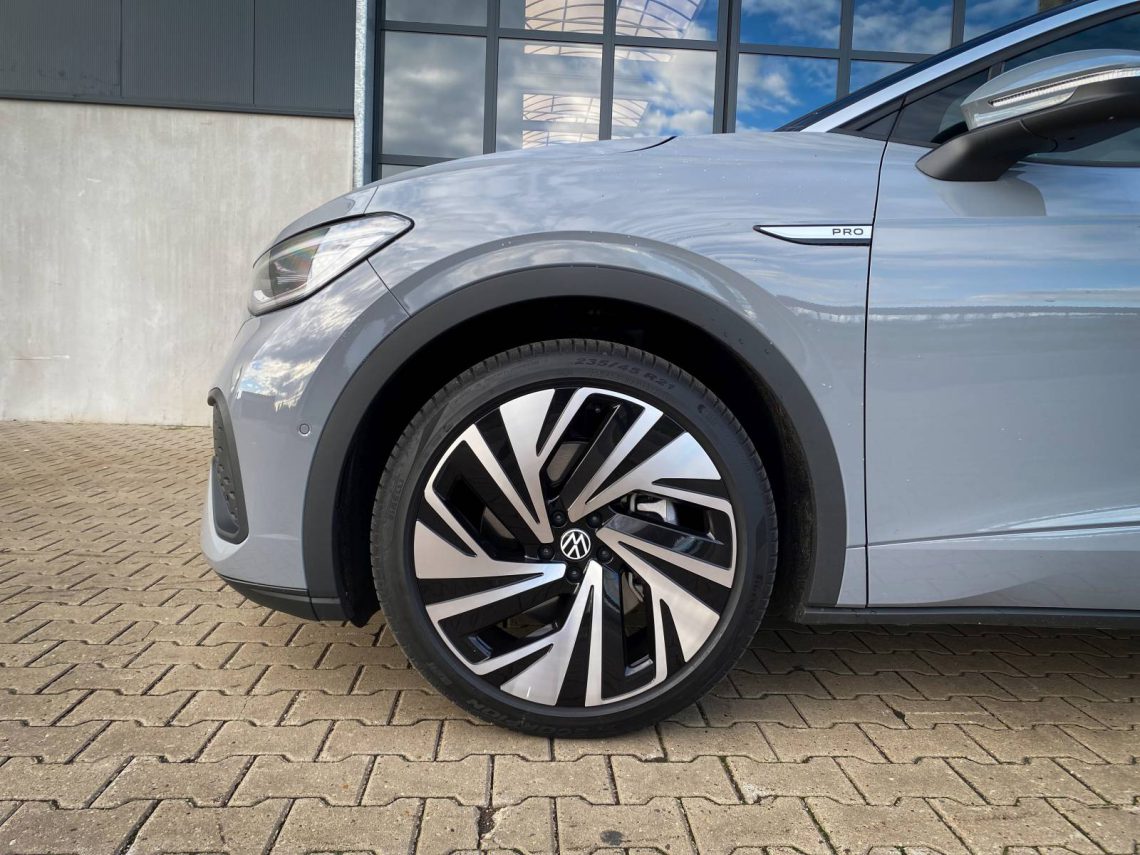
Luggage space ID.4 vs. ID.5
Chances are you’ve come to this test because you want to know if you can live with the ID.5’s luggage space. Can you leave an ID.4 for the ID.5 when you take the whole family camping in the south of France every year. We can be brief about that: yes. The sloping roofline of the ID.5 takes away some space in the rear – which is sometimes difficult if you want to carry really tall items, which then hit the rear window – but it is not too bad. In fact, with the bench upright, the ID.5 offers a bit more space in the rear than its continuous roofline brother. See:
| Model | Bench normal | Bench flat |
| Volkswagen ID. 4 | 543 liters | 1,575 liters |
| Volkswagen ID. 5 | 549 liters | 1,561 liters |
If you need even more space, you can also hang some behind the ID.5. It may tow up to 1,200 as standard. With the all-wheel-drive GTX version, you may tow up to 1,400 pounds. There is no room under the “hood,” as a “frunk” is missing.

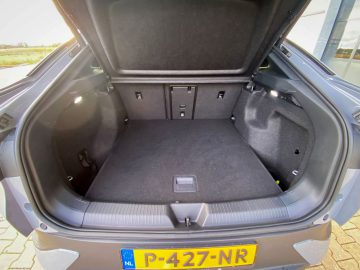
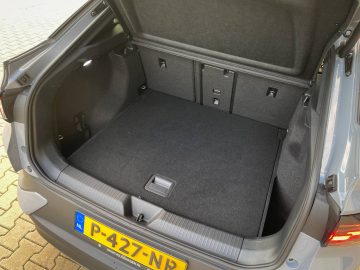
Headspace ID.5
The headroom in the back, that must suck, right? Neither. Up to 1.85 meters, you sit comfortably in the back seat. Headroom is also only 12 millimeters different from an ID.4, so not very surprising. Legroom is also fine – literally. This is true of almost every electric car in this segment. EVs do offer a lot of space, because an electric motor takes up little space. Space that often benefits the second row of seats.
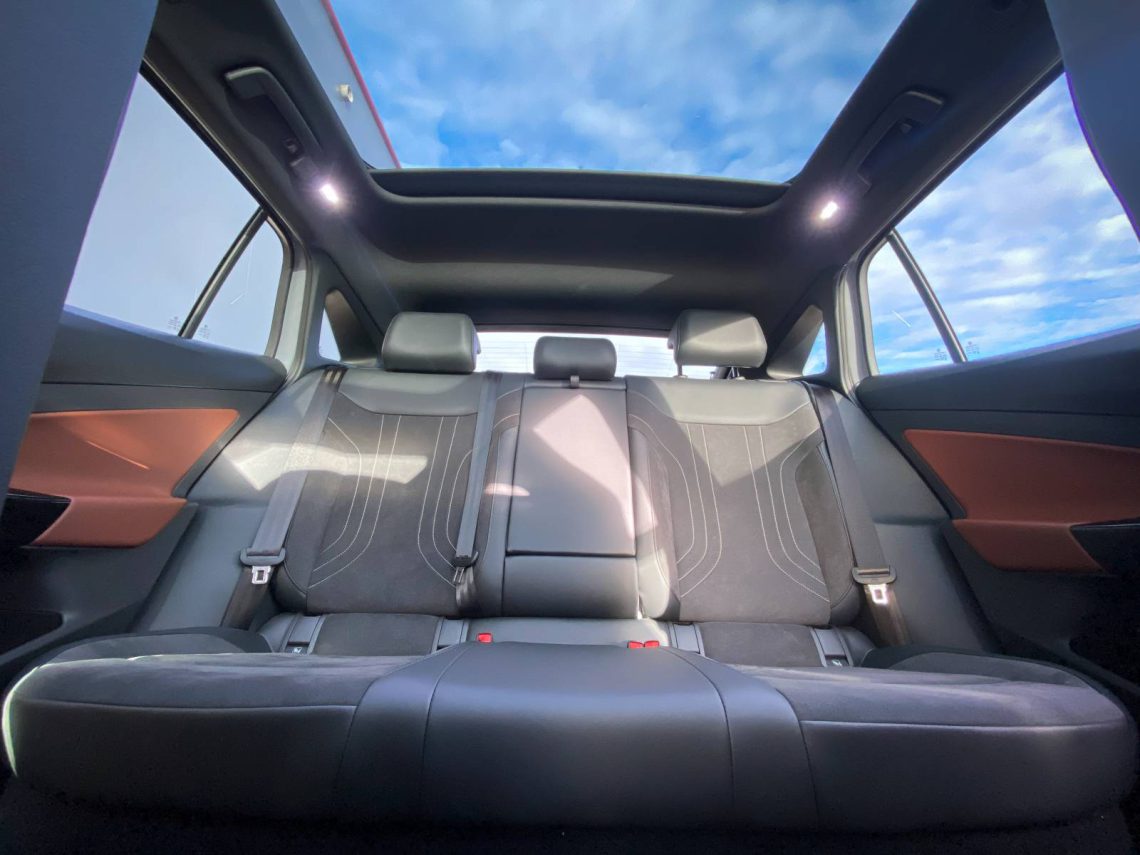
Interior
ID.5 drivers are also a bit more spoiled in the interior. The large 12-inch infotainment system is standard, while it is an option in the ID.4. In front of you you get a 5.3-inch screen, as on all ID models. You do have to pay extra for a head-up display. If you have some pennies left over, opt for this. It works with augmented reality, which projects on the windshield, as it were, arrows on the road. Something you have to experience to understand properly. In any case, it works very nicely. Another nice extra is ambient lighting with 30 colors and better materials than in the ID.4. As a result, the workplace of an ID.5 looks a bit fancier by default than the interior of a basic ID.4.
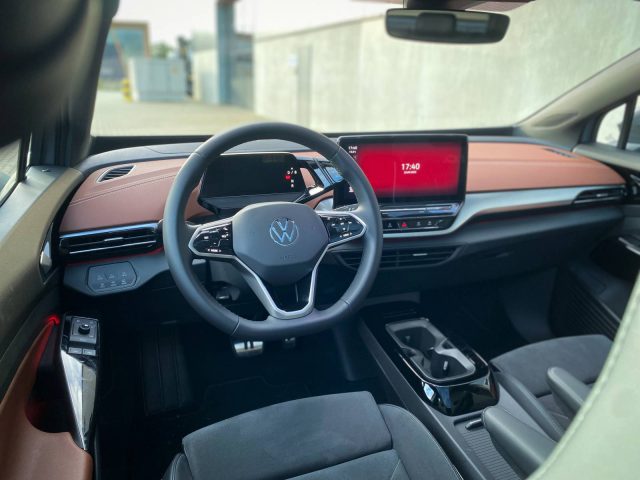
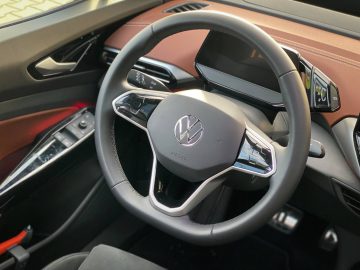
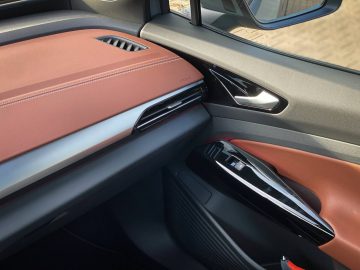
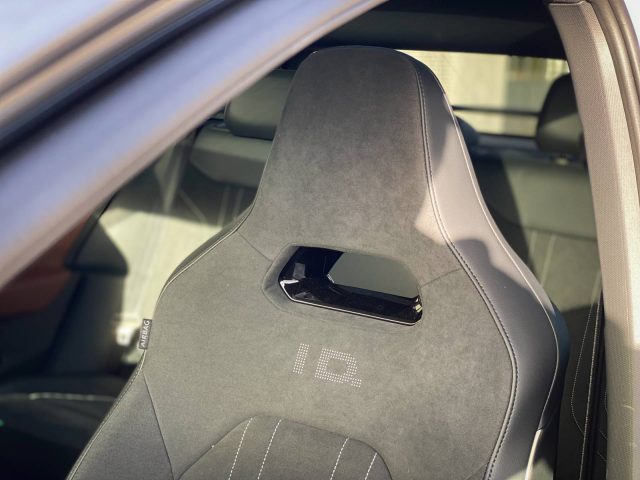

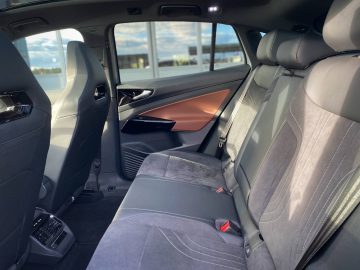
What does a Volkswagen ID.5 cost?
The ID.5 comes from 50,890 euros. For this you get an ID.5 with a 77 kWh battery pack, 514 km WLTP range and a 174 hp electric motor. For an ID.4 with exactly the same specifications – okay, it gets 1 kilometer less on paper – Volkswagen is asking 48,190 euros. It will mainly depend on your taste whether you consider the additional cost of 2,700 euros a good investment.
Knowing more? Watch the video below.

